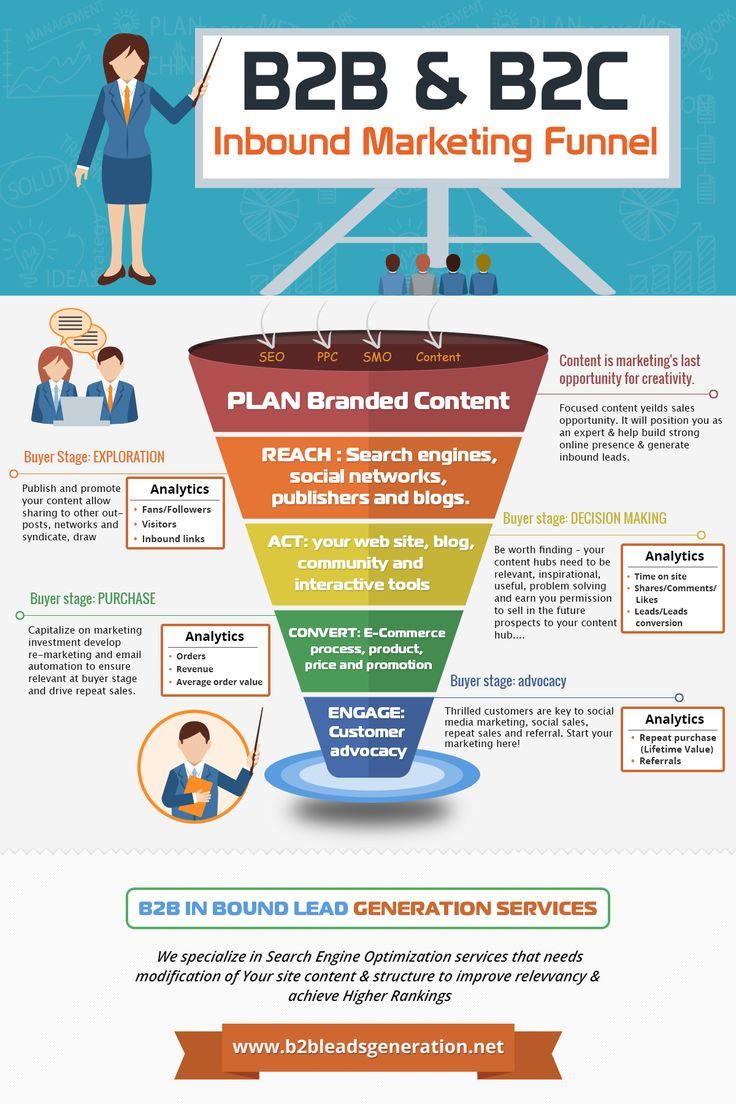
This article will explain how to create SEO content. How to outline your article and research your keywords. Also, how to incorporate secondary keywords. Do not forget to include transition words. After you have written your content, optimize it for search engines. These are some great tips. These are the top tips for making your article search engine friendly.
Outline your content
To ensure that your article is search engine friendly, it is a good idea to outline your SEO content. Although there are many options for structuring your outline, the C.R.A.A.P. is the most popular. The C.R.A.A.P. method is a good way to start. The following are some examples of how to structure an outline:
An outline can help you identify thin sections and decide whether a section is necessary. An outline can be used to help you decide if you should merge topics or nest sections. You can use it to determine who your target audience is, as keyword placement is just one of many factors that must be taken into consideration. A great outline will cover all of the elements required to write a blog post. Here are some advantages of outlining your SEO content.
Write a brief outline of the content that you would like to create. In this outline, include your primary keyword as well as a list of related terms. Be sure to consider your target audience as well as word count and audience. Include your core questions, call to actions, suggested meta description, and title tags. Don't forget to outline your subheadings, links, and subheadings. A content outline can help you to achieve cohesion in content and make the most out of your writing time.
It is important to have a purpose in your blog post. Avoid using cliches or cliches. Your blog post should engage and be relevant to your audience. Include your target audience in the introduction. This way, your audience will be more interested in your content. They will be able to understand it better. Make sure you outline your SEO content before you begin to write. You can use it to help improve your blog posts.
Search for keywords
There are several steps to follow when researching your keywords. First, you need to know which keywords are most relevant. You may think your articles are irrelevant to the topic, but if you use Google Trends or tools like AdWords, you can easily find the most popular keywords for your niche. Once you have identified the most searched keywords, it is time to start thinking about how your content will fit into your keyword strategy.

Remember that keyword research does not involve tricking Google. It is about determining what your audience wants to read. By understanding how your audience searches, you can create content that they'll want to read. For example, the keyword "Thailand travel guide" could mean a blog post about travel in Thailand or a human travel guide. You will get high rankings if your content meets the needs and desires of your target audience.
Once you've identified the keywords you want your business to be targeted, you must research them. Google search for these keywords and check the results. To determine which websites are more appealing to your target audience, compare your competitors with theirs. Moreover, consider the user intent. Does the keyword suggest that users are searching Thailand travel guides? If so, it would be better to write about a specific location.
The monthly search volume for your target keywords should be checked as well. The MSV of your keywords should be analyzed to determine how often they appear in the SERP. This information will help you target more keywords in your content. Once you have compiled a list keywords, you are able to create blog posts or articles based upon each keyword. You should also review your content and check for any keyword cannibalization.
Use secondary keywords
A variety of reasons make secondary keywords a smart choice in SEO content. The first is that it improves the content quality and appeals to your readers. It helps you avoid writing articles based on your primary keyword. These articles are unlikely to meet the needs of the reader. Secondary keywords will help you match your audience's needs better and make your article more natural.
SEO efforts are only as successful as the keywords you choose to use in your content. This will make it easier for your readers to navigate through your content and improve their chances of being found in search results. You should use your primary keywords within the article title, metatag descriptions, and first paragraph. Use them at a density between 3 and 5 percent. Secondary keywords can be included in a few instances throughout your content. This is a great way to increase your content's visibility on search engines.
If you use secondary keywords correctly, your SEO content may boost your rank. Be sure that the secondary keywords you use are related to the primary keyword. These secondary keywords can be used for additional content ideas like an article on a chocolate cake recipe. Before you begin writing a section, review the list to see if there are any secondary keywords. Use synonyms when necessary and avoid repetitive writing. Make sure to use an LSI keyword list to refresh your content.
Another way to incorporate secondary keywords in your SEO content is to use Google's autocomplete feature. This feature allows users find out what other people are searching for. Then, they can drop the search down to list of possible terms. These phrases are not random. They are real searches that people are doing online. Using secondary keywords can increase the chances that your website will be discovered by the reader. Google Keyword Planner allows you to find out more about secondary keywords. It also helps you improve your content.
Include transition words
Use transition words to give your SEO content an advantage over competitors. They do not impact your SERPs ranking but they can make your posts more readable and better understand context. For example, a transition word may signal a cause or effect, but it can also be used for emphasis. In order to learn how to use transition words effectively, read this guide. Then, apply these tips to your SEO content.

Transition words communicate the relationship between paragraphs. These words can make it difficult for readers to see the connections between paragraphs. However if your content uses transition words, it will be clearer, more engaging, as well as more informative. Transition words can be used for SEO but they are still essential to creating clear and well-structured texts. Use them as sparingly as possible and you'll be rewarded with better SEO.
Your readers will be alerted to any major changes by using transition words. These words can be thought of as signs along a long road. Your readers will likely scan through your content quickly, so it is important to use transition words to keep them on track. Although these words may not be the best for every type of content, they will ensure that your reader has a pleasant and productive experience with your SEO content. For those who are new to SEO, you might consider looking at other content for insight on the use of transition words.
Yoast SEO is a WordPress plugin that allows you to check if your content uses transition words. These tools allow you to analyze your content and determine when it is in need of them. The tools use three kinds of transition words to optimize your SEO. Yoast SEO has three types to help make your content easier to read and more useful. Yoast will also look for words that have two parts.
Optimize your content for speed
There are many ways to optimize SEO content for speed. Focusing on just one can help increase site traffic. You can gain an advantage over your competitors by following these simple guidelines. You can make your content search engine-friendly by using meta tags or keyword phrases. If you make use of these strategies, you will be able to improve your page's ranking on the major search engines.
Use images. Images are important for search engine optimization because they make it easier for the reader to find your content. Images can not always be indexed. It is essential that you use the alt text attribute of HTML to describe images. Make sure your alt text is descriptive and provides context for search engines. HubSpot's SEO Panel will recognize optimized images. It also enhances the user experience. Additionally, you can add relevant links to your optimized content.
FAQ
How do I get started with SEO?
SEO can be started in many different ways. First, identify the keywords you want to rank for. This process is called "keyword research." Next, you will need to optimize every website page for the keywords.
Optimizing a website involves adding keywords, descriptions, meta tags, unique page URLs, and linking with other websites. After optimization is complete, submit your website for search engines like Google Yahoo!, Bing, and Yahoo!
You will also need to keep track over time of your progress to determine whether you are succeeding.
Why use social media marketing?
Social media marketing is an excellent way to reach new customers or build relationships with your existing customers. It's easy to build a community around your company by posting interesting articles, engaging with others through comments or likes, and creating a buzz about it. It makes it easier to find potential customers online.
Should I Hire an Agency Or Do it On My Own?
It is possible to hire an agency to assist you in your journey. First, many agencies provide packages that include everything needed to get started. They often offer training to help you understand what you should do once you have hired them. Third, they are able to handle all tasks necessary for your site to rank higher.
What is an SEO campaign?
Your website's content is an integral part. Without relevant and useful information, your site will not rank well enough in search engines.
SEO campaigns help optimize your site by obtaining links back from other websites. This includes social media optimization. It involves using Twitter, Facebook and LinkedIn to drive traffic and increase brand awareness.
These links will bring more people to your site and increase your ranking. SEO campaigns are focused on building quality links back from your site to ensure that Google recognizes your website as valuable.
Why Should I Use SEO
There are many reasons to use SEO.
It helps increase traffic to your site by ensuring that it appears high in search engine results.
It also helps users to find what they are looking for by increasing conversions.
Third, it increases brand awareness by helping customers find your business online.
Fourth, it improves user experience by allowing them to quickly navigate your website.
Finally, it builds trust among potential customers by showing that you care enough about your business to ensure it ranks well in search engines.
Statistics
- A 62.60% organic traffic boost to that page: (backlinko.com)
- : You might have read about the time that I used The Content Relaunch to boost my organic traffic by 260.7%: (backlinko.com)
- And 90%+ of these backlinks cite a specific stat from my post: (backlinko.com)
- Sean isn't alone… Blogger James Pearson recently axed hundreds of blog posts from his site… and his organic traffic increased by 30%: (backlinko.com)
- 93%of online experiences today begin on search engines. (marketinginsidergroup.com)
External Links
How To
How to choose the right SEO strategy for your business
These are some factors that can help you choose the right SEO strategy for your website.
-
Keyword Research
SEO is about ranking high for specific keywords. You should also identify negative keyword phrases that don't relate to your audience.
-
Content Strategy
Content marketing is important for all businesses. But eCommerce sites need to ensure their products and services rank high on search results pages. This can increase conversion rates and drive sales.
Creating relevant, engaging content that solves problems and provides solutions is key.
-
Link Building
Links can be vital to rank well in search engines. They help improve your site's credibility and page rankings. However, too many links can reduce your Page Rank score. You need to build valuable relationships with other websites.
-
Social Media Marketing
Using social media channels to promote your business is a smart move. This will encourage others to share your content by sharing it across these platforms.
-
Website Structure
Good design doesn't necessarily translate into better rankings but it does make an impact. A clean, simple layout improves user experience, which leads to increased conversions. Your site must load quickly to ensure users don't leave without completing transactions.
-
Mobile Optimization
Mobile devices account for almost half of internet usage today.If your website isn't optimized for mobile, you could lose out on traffic and potential clients.
-
Local Search
This refers to targeting local markets rather than national ones.Local SEO works by optimizing your website for local searches such as "restaurants near me" or "businesses in my area." Because people trust recommendations from their friends, family members, or colleagues, it is easier to rank high locally.
-
Ecommerce Website Development
Ecommerce websites benefit from a range of different types of SEO strategies.For example, they often perform best when they're optimized for both desktop and mobile devices. They are also more likely to be ranked for long tail keywords.
-
Video Ranking
Video content ranks well in search engines. It ranks highly for longer queries and receives more share.
-
Branding
Branding is the process of designing a logo, product names, and messaging that gives your company its own identity and personality. This helps customers know who you are and what your company does.
-
Analytics Software
Analytics software allows you to track how visitors interact with your website.The information gathered through analytics can help optimize your efforts and increase conversions.
-
Email List Management
Email lists allow you to send emails directly to your target audience.You can send messages about new products, special offers, and promotions.
-
Blogging
Blogging is another way to generate quality backlinks. When you create blog posts that are related to your business, you will attract backlinks from reliable sources.
-
Customer Satisfaction
Customer satisfaction is one of the most effective ways to get high-quality backlinks.When satisfied customers refer their friends and colleagues to your site, this will result in quality backlinks.
-
Content Marketing
Content marketing involves producing unique, useful, relevant content that educates, entertains, or inspires readers.
Engaging content can help you build trust with your target audience, and increase conversion rates.